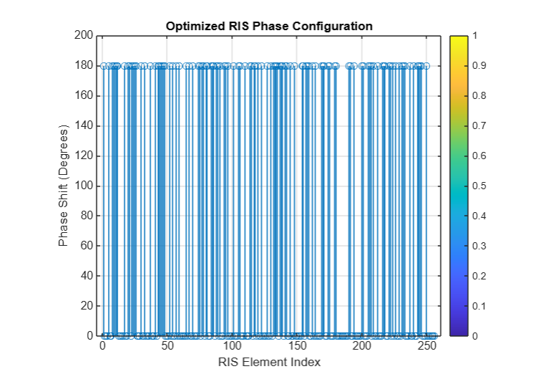Development of Sixth Generation Networks Using Reconfigurable Intelligent Surfaces
Keywords:
RIS, 6G networks, SNR, Phase optimization, Wireless Communication, Network efficiencyAbstract
The upcoming sixth generation (6G) networks will have an infrastructure characterized by ultra-reliable, low-latency communication, high data rates, and universal connection. These performance metrics are very demanding and need innovative tools beyond the limits of current technology to meet the desired margins. One such promising option is reconfigurable intelligent surfaces (RIS), which are engineered low-cost, inactive reflecting rudiments that can change the phase, largeness, and division of event electromagnetic waves while in dynamic configuration. In contrast to the conventionally used methods that depend on active relays or antennas, RIS is an energy-efficient entity that allows it to be sustainable and cost-effective for next-generation wireless systems. Additionally, the article presents an elaborate optimization of phase configuration that is essential in maximizing the efficacy of RIS. The conclusions made by this research do not only support the theoretical benefits of RIS, but it also directs people towards its application and implementation in real-world 6G cases. Finally, RIS presents as key enabler technology that is able to pulse the wireless communication by the way future network can transmitting and receive signals.





